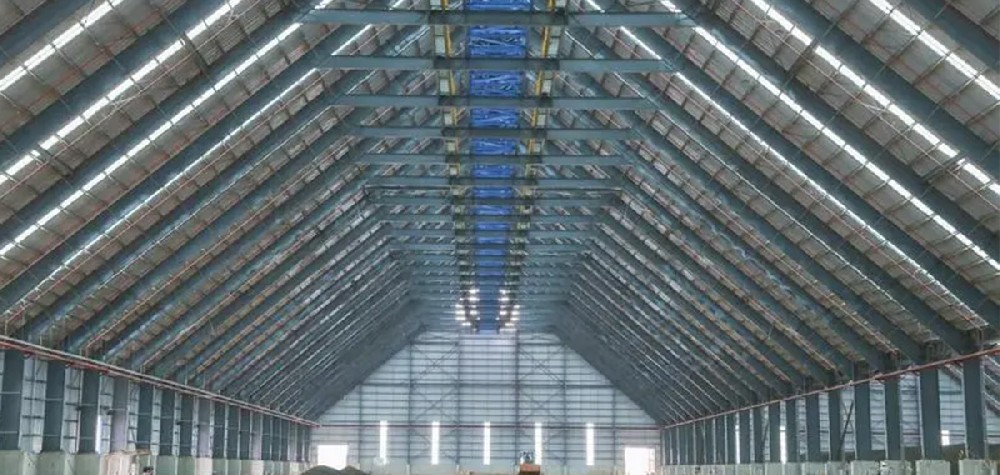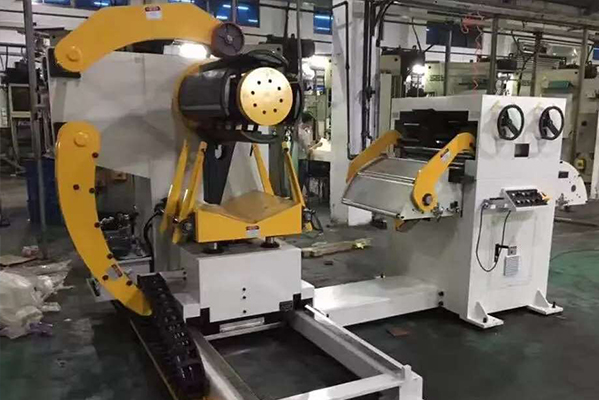Navigation Menu
Contact Us
- Email:
- info@wxavatar.com
- Address:
- Yurong Village, Yuqi Street, Huishan District, Wuxi, China.
Release Date:May 27, 2025 Visit:48 Source:Roll Forming Machine Factory
In modern manufacturing and metal processing industries, maintaining consistent material feed rates is essential for producing high-quality end products. The hydraulic uncoiler has become an important component in many production lines due to its ability to improve feeding accuracy. This article examines the operational principles of hydraulic uncoilers and their role in enhancing precision during material handling processes.

Understanding Hydraulic Uncoiler Technology
A hydraulic uncoiler is a material handling device designed to efficiently unwind and feed coiled stock into processing equipment. Unlike mechanical or pneumatic alternatives, hydraulic systems utilize fluid power to generate smooth, controlled motion. This technology offers several advantages for precision feeding applications.
The core components of a typical hydraulic uncoiler include:
Hydraulic motor for rotational power
Precision control valves
Pressure-regulated pump system
Heavy-duty mandrel for coil support
Tension measurement devices
Precision Enhancement Mechanisms
Hydraulic uncoilers contribute to improved feeding accuracy through several integrated features:
1. Controlled Unwinding Speed
The hydraulic system allows for fine adjustment of rotational speed, ensuring consistent material feed rates that match downstream processing requirements. This prevents sudden jerks or uneven feeding that could affect product quality.
2. Adjustable Tension Control
Built-in tension monitoring systems work with the hydraulic controls to maintain optimal unwinding resistance. Proper tension prevents material sagging while avoiding excessive pull that could deform sensitive materials.
3. Smooth Acceleration/Deceleration
Hydraulic systems provide gradual speed changes during start-up and stopping procedures. This eliminates sharp transitions that might cause material slippage or misalignment in the feed line.
4. Load Compensation
Automatic pressure adjustments in the hydraulic system compensate for decreasing coil diameter as material unwinds. This maintains consistent feeding characteristics throughout the entire coil.
Operational Benefits for Manufacturing Processes
The precision capabilities of hydraulic uncoilers translate into measurable benefits for production operations:
Reduced material waste from improper feeding
Improved dimensional consistency in processed products
Lower incidence of production stoppages due to feeding issues
Extended tool life in downstream equipment from consistent material flow
Ability to handle a wider range of material thicknesses without adjustment
Application Considerations
When implementing a hydraulic uncoiler for precision feeding applications, several factors should be evaluated:
Material Characteristics: Different metals and alloys may require specific tension settings
Coil Dimensions: Maximum and minimum coil weights and widths should match uncoiler capacity
Integration Requirements: Compatibility with existing feed lines and control systems
Maintenance Needs: Hydraulic systems require proper fluid care and component inspections

Conclusion
Hydraulic uncoilers provide manufacturers with an effective solution for achieving precise material feeding in various industrial applications. Through their controlled hydraulic operation, these systems deliver consistent performance that supports quality production outcomes. The technology's ability to maintain proper tension and speed throughout the unwinding process makes it a valuable component in modern manufacturing environments where feeding accuracy impacts overall operational efficiency.